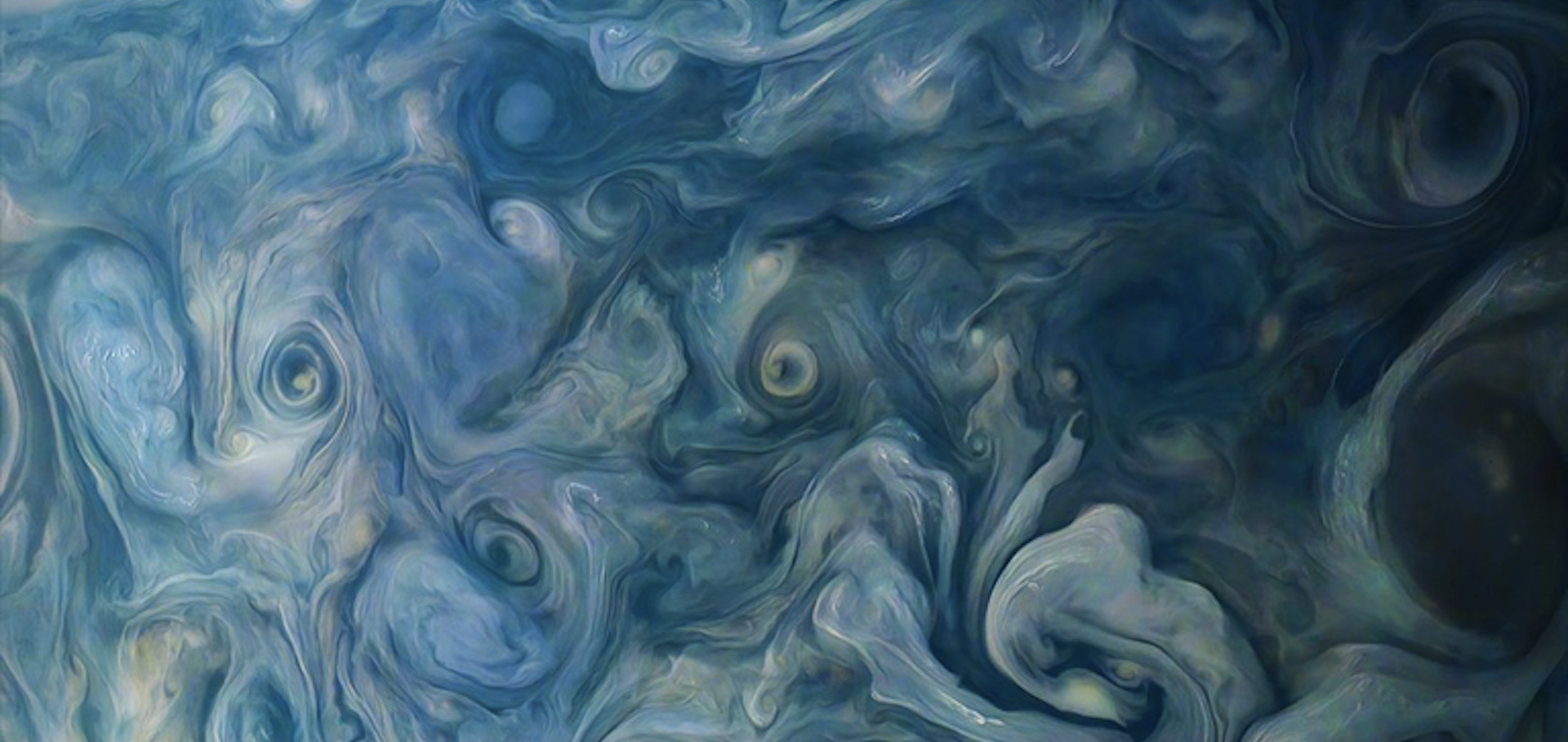Erratum: The first planet detected in the WTS: an inflated hot-Jupiter in a 3.35 day orbit around a late F-star
Monthly Notices of the Royal Astronomical Society Oxford University Press (OUP) 497:1 (2020) 916-916
Prospects for Characterizing the Haziest Sub-Neptune Exoplanets with High Resolution Spectroscopy
(2020)
Molecular cross-sections for high-resolution spectroscopy of super-Earths, warm Neptunes, and hot Jupiters
Monthly Notices of the Royal Astronomical Society Oxford University Press 495:1 (2020) 224-237
Abstract:
High-resolution spectroscopy (HRS) has been used to detect a number of species in the atmospheres of hot Jupiters. Key to such detections is accurately and precisely modelled spectra for cross-correlation against the R ≳ 20 000 observations. There is a need for the latest generation of opacities which form the basis for high signal-to-noise detections using such spectra. In this study we present and make publicly available cross-sections for six molecular species, H2O, CO, HCN, CH4, NH3, and CO2 using the latest line lists most suitable for low- and high-resolution spectroscopy. We focus on the infrared (0.95–5 μm) and between 500 and 1500 K where these species have strong spectral signatures. We generate these cross-sections on a grid of pressures and temperatures typical for the photospheres of super-Earth, warm Neptunes, and hot Jupiters using the latest H2 and He pressure broadening. We highlight the most prominent infrared spectral features by modelling three representative exoplanets, GJ 1214 b, GJ 3470 b, and HD 189733 b, which encompass a wide range in temperature, mass, and radii. In addition, we verify the line lists for H2O, CO, and HCN with previous high-resolution observations of hot Jupiters. However, we are unable to detect CH4 with our new cross-sections from HRS observations of HD 102195 b. These high-accuracy opacities are critical for atmospheric detections with HRS and will be continually updated as new data become available.Molecular Cross Sections for High Resolution Spectroscopy of Super Earths, Warm Neptunes and Hot Jupiters
(2020)
A weak spectral signature of water vapour in the atmosphere of HD 179949 b at high spectral resolution in the L band
Monthly Notices of the Royal Astronomical Society Oxford University Press 494:1 (2020) 108-119


